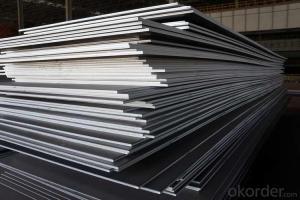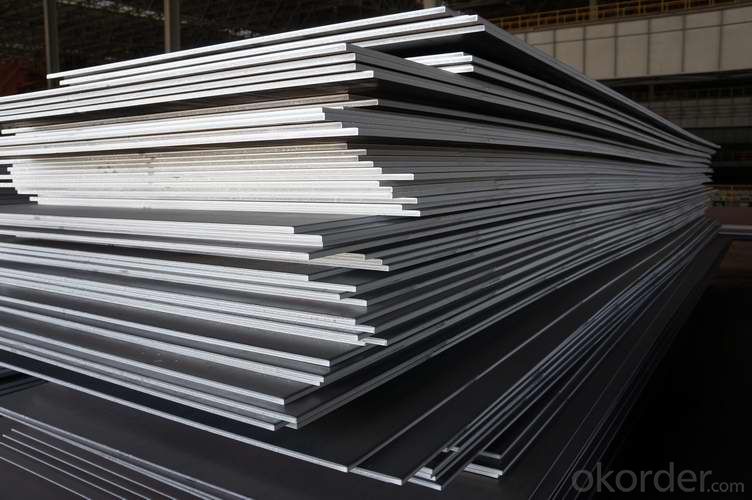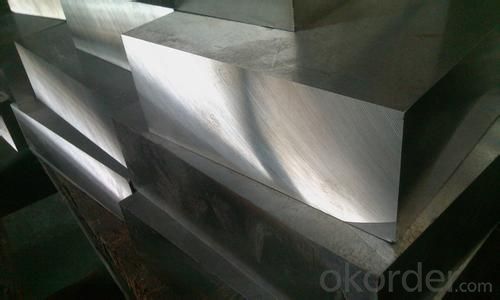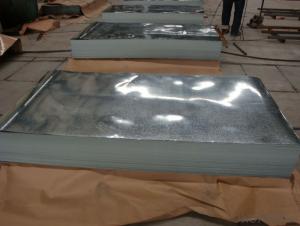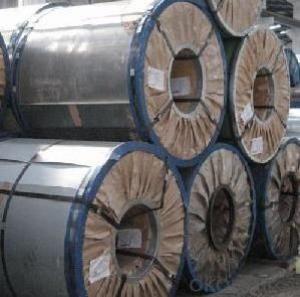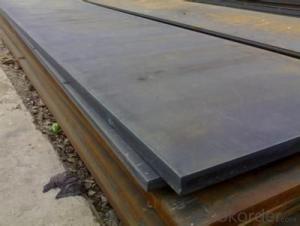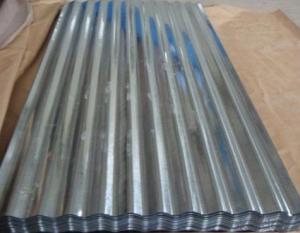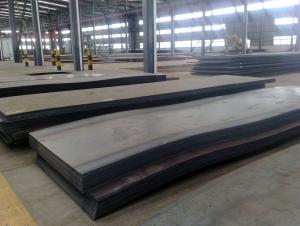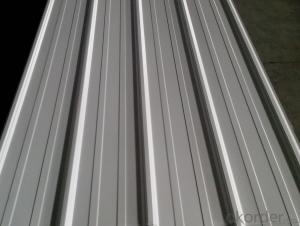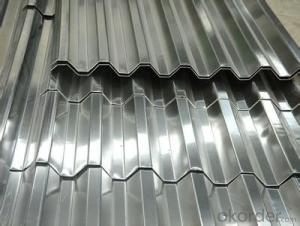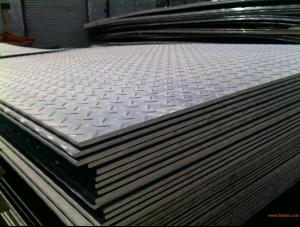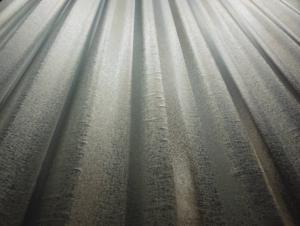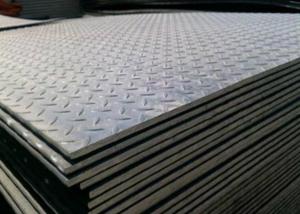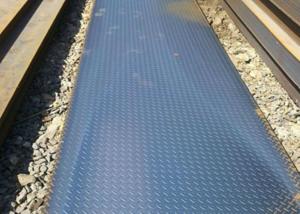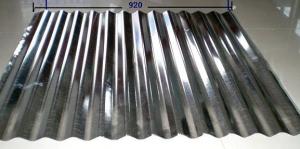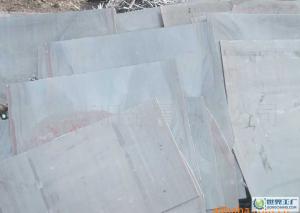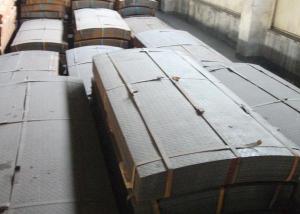Die or Mould Steel
- Loading Port:
- China Main Port
- Payment Terms:
- TT OR LC
- Min Order Qty:
- -
- Supply Capability:
- -
OKorder Service Pledge
OKorder Financial Service
You Might Also Like
Die steel was used in the manufacture of cold die, hot forging molding moldmold. The mould is the main processing tool manufacturing parts of machinery manufacturing, motor, electric instrument, radio and other industrial sectors in the. Mold quality directly affects the pressure processing technology, the precision of the product yield and quality of production cost, and the quality and service life of die except by reasonable structure design and machining precision, mainly affected by mould material and heat treatment.
Introduction
Die steel can be broadly divided into: cold die steel, hot die steel and plastic mould steel three class, used for forging, stamping, cutting type, die castingetc.. Because of various kinds of mold for different purposes, the workcondition is complex, so the mold steel, mold manufacturing according to theirworking conditions, should have the strength, hardness, high wear resistance,enough toughness, and high hardenability, hardenability and other process performance. Because this kind of different purposes, the complex working conditions, so the die steel performance requirements are also different.
Cold mould comprises a die, drawing die, drawing die, stamping die, thread rolling die, thread rolling plate, Leng Dunmo and cold extrusion die etc.. Mold steel cold work, according to the manufacture working conditions, have high hardness, strength, wear resistance and enough toughness, and highhardenability and hardenability and other process performance. For this kindof alloy tool steel for use in general belong to the high carbon alloy steel,carbon content was above 0.80%, chromium is an important alloying elementof this kind of steel, whose content is usually not more than 5%. But for somewear resistance requirement is very high, quenching after deformation is smalldie steel, the highest CR mass fraction of 13%, and to the formation of a large number of carbide, carbon content in steel is also very high, up to 2.0%~2.3%.Cold working die steel with high carbon content, the organization mostlyhypereutectoid steel or ledeburite steel. Steel commonly used with high carbon and low alloy steel, high carbon high chromium steel, chrome molybdenum steel, medium carbon chromium tungsten Bracelet steel etc..
Hot die forging, divided into hammer forging, extrusion and die-casting of several main types, including hot forging die, press forging die, stamping die,hot extrusion die and metal die casting die. Thermal deformation die at work in addition to bear great mechanical stress, but also bear the repeated heating and cooling do use, and caused great thermal stress. Hot work die steelshould have high strength, hardness and red hardness, wear resistance and toughness, but also should have high strength, good thermal stability, thermalfatigue resistance and corrosion resistance, also has high hardenability, so as to ensure the whole section has the mechanical consistency can. For die casting die steel, also has a surface layer after repeated heating and coolingdoes not crack, and subjected to liquid
Die steel
Die steel
State of the metal flow impact and erosion performance. This kind of steel is usually belongs to the medium carbon alloy steel, carbon content in 0.30%~0.60%, belongs to the sub eutectoid steel, there is also a part of steelas the alloy elements added more (such as tungsten, molybdenum, vanadium,etc.) and become the eutectoid or hypereutectoid steel. Steel commonly used with chromium manganese steel, chrome nickel steel, chromium, tungsten steeletc..
- Q: Are the steel sheets recyclable?
- Yes, steel sheets are recyclable. Steel is one of the most commonly recycled materials worldwide due to its high recycling rate and ease of processing. When steel sheets reach the end of their useful life, they can be collected, sorted, and sent to recycling facilities where they are melted down and transformed into new steel products. Recycling steel sheets not only helps conserve natural resources and reduce energy consumption but also helps reduce waste and minimize environmental impact.
- Q: Can steel sheets be used for heat transfer applications?
- Yes, steel sheets can be used for heat transfer applications due to their high thermal conductivity and ability to withstand high temperatures. They are commonly used in various industries, such as HVAC systems, automotive manufacturing, and power generation, for efficient heat transfer and dissipation.
- Q: What are the common lengths of steel sheets?
- The common lengths of steel sheets can vary depending on the specific application and industry. However, standard lengths for steel sheets typically range from 96 inches (8 feet) to 240 inches (20 feet).
- Q: Can steel sheets be used for storage racks or shelves?
- Yes, steel sheets can be used for storage racks or shelves. Steel sheets are durable, strong, and have high load-bearing capacity, making them ideal for constructing storage racks or shelves that can safely hold heavy items. Additionally, steel sheets can be easily customized and are resistant to wear and tear, making them a popular choice for industrial and commercial storage solutions.
- Q: Can steel sheets be painted or powder-coated after installation?
- Yes, steel sheets can be painted or powder-coated after installation. Painting or powder-coating steel sheets after installation is a common practice to enhance their aesthetic appeal and provide additional protection against corrosion. The process involves thoroughly cleaning the steel surface, applying a primer to ensure good adhesion, and then applying the desired paint or powder coating. This can be done on-site or in a specialized facility, depending on the size and complexity of the steel sheets. Additionally, it is important to ensure that the chosen paint or powder coating is suitable for exterior use and can withstand the environmental conditions to which the steel sheets will be exposed.
- Q: Can steel sheets be used in the food processing industry?
- The food processing industry can utilize steel sheets for various purposes. Steel, being a highly versatile and durable material, finds extensive applications in this industry. Steel sheets are commonly employed in the construction of tables, work surfaces, shelves, cabinets, and containers, among other equipment and machinery. The suitability of steel sheets for the food processing industry arises from their unique properties. Firstly, steel exhibits resistance to corrosion, a crucial factor in an environment where food and liquids are constantly present. This resistance ensures that the steel sheets maintain their structural integrity and do not contaminate the food being processed. Secondly, steel is easily cleanable and sanitizable, a critical requirement for maintaining high standards of hygiene in the food processing industry. The smooth surface of steel sheets allows for easy wiping and prevents the accumulation of dirt, bacteria, and other contaminants that could compromise the quality and safety of the food. Furthermore, steel sheets possess exceptional strength and can withstand heavy loads and physical impacts. This makes them ideal for use in equipment and machinery that handle large quantities of food or require frequent movement or transportation. Additionally, steel is a non-porous material, meaning it does not absorb or retain odors, flavors, or stains from the food being processed. This property ensures that the steel sheets do not affect the taste or quality of the food. To summarize, steel sheets are widely utilized in the food processing industry due to their durability, corrosion resistance, ease of cleaning, and non-porous nature. They provide a reliable and hygienic solution for constructing essential equipment and machinery in food processing operations.
- Q: What is the typical coefficient of thermal expansion of a steel sheet?
- Steel sheets typically have a coefficient of thermal expansion of approximately 10-12 ppm/°C. This signifies that for every degree Celsius rise in temperature, the steel sheet will expand uniformly in all directions by 10-12 ppm. However, it is crucial to acknowledge that the coefficient of thermal expansion may differ based on the precise type and composition of the steel. Various steel alloys may exhibit slightly varied coefficients, although the range of 10-12 ppm/°C is widely accepted as the average.
- Q: Do steel sheets require any special storage or handling?
- Yes, steel sheets do require special storage and handling. Steel sheets are prone to corrosion and damage, so it is important to store them in a dry and well-ventilated area to prevent moisture buildup. They should be kept away from direct sunlight and extreme temperature fluctuations, as this can cause warping or cracking. Steel sheets should be stored horizontally on a flat surface to prevent bending or sagging. It is also recommended to stack them properly and securely, using appropriate supports or pallets, to avoid any accidents or injuries. When handling steel sheets, it is important to use proper lifting equipment and techniques to prevent injuries and avoid damaging the sheets. Gloves should be worn to protect against sharp edges, and care should be taken to prevent any contact with other materials that may cause scratches or damage. Overall, following these storage and handling guidelines will help ensure the longevity and quality of steel sheets.
- Q: What are the advantages of using steel sheets?
- There are several advantages of using steel sheets. Firstly, steel sheets are highly durable and have a long lifespan, making them a cost-effective option in the long run. Secondly, steel sheets have high strength-to-weight ratio, making them lightweight and easy to handle while still providing excellent structural integrity. Additionally, steel sheets are resistant to corrosion and can withstand extreme weather conditions, making them suitable for outdoor applications. Furthermore, steel sheets are versatile and can be easily fabricated into various shapes and sizes to meet specific project requirements. Lastly, steel sheets are recyclable, making them an environmentally friendly choice.
- Q: Can steel sheets be used for flooring or decking?
- Yes, steel sheets can be used for flooring or decking. They are often used in industrial or commercial applications due to their durability, strength, and fire resistance. Steel sheets provide a sturdy and long-lasting flooring or decking option that can withstand heavy loads and harsh environments.
Send your message to us
Die or Mould Steel
- Loading Port:
- China Main Port
- Payment Terms:
- TT OR LC
- Min Order Qty:
- -
- Supply Capability:
- -
OKorder Service Pledge
OKorder Financial Service
Similar products
Hot products
Hot Searches
Related keywords
